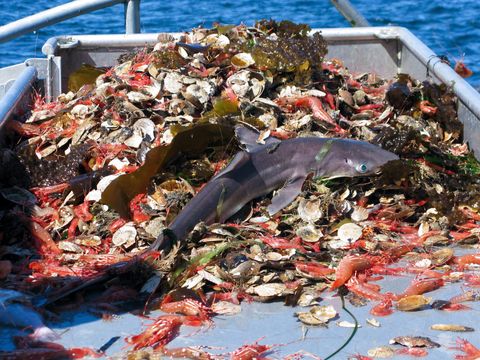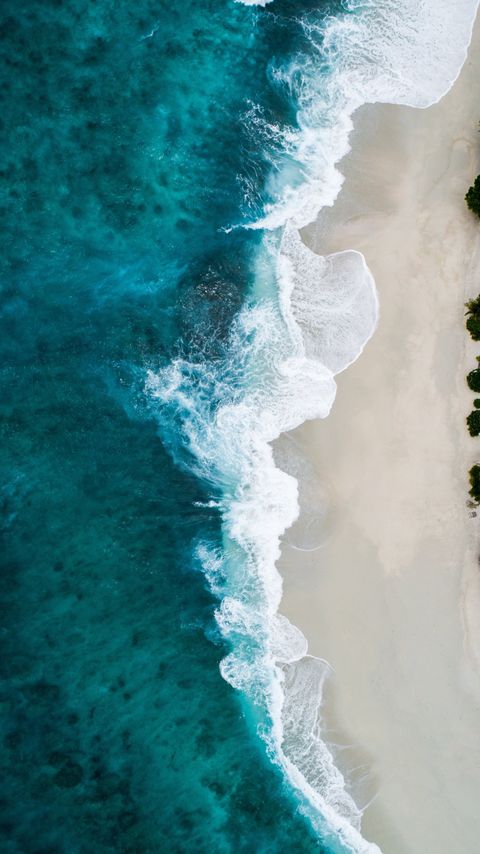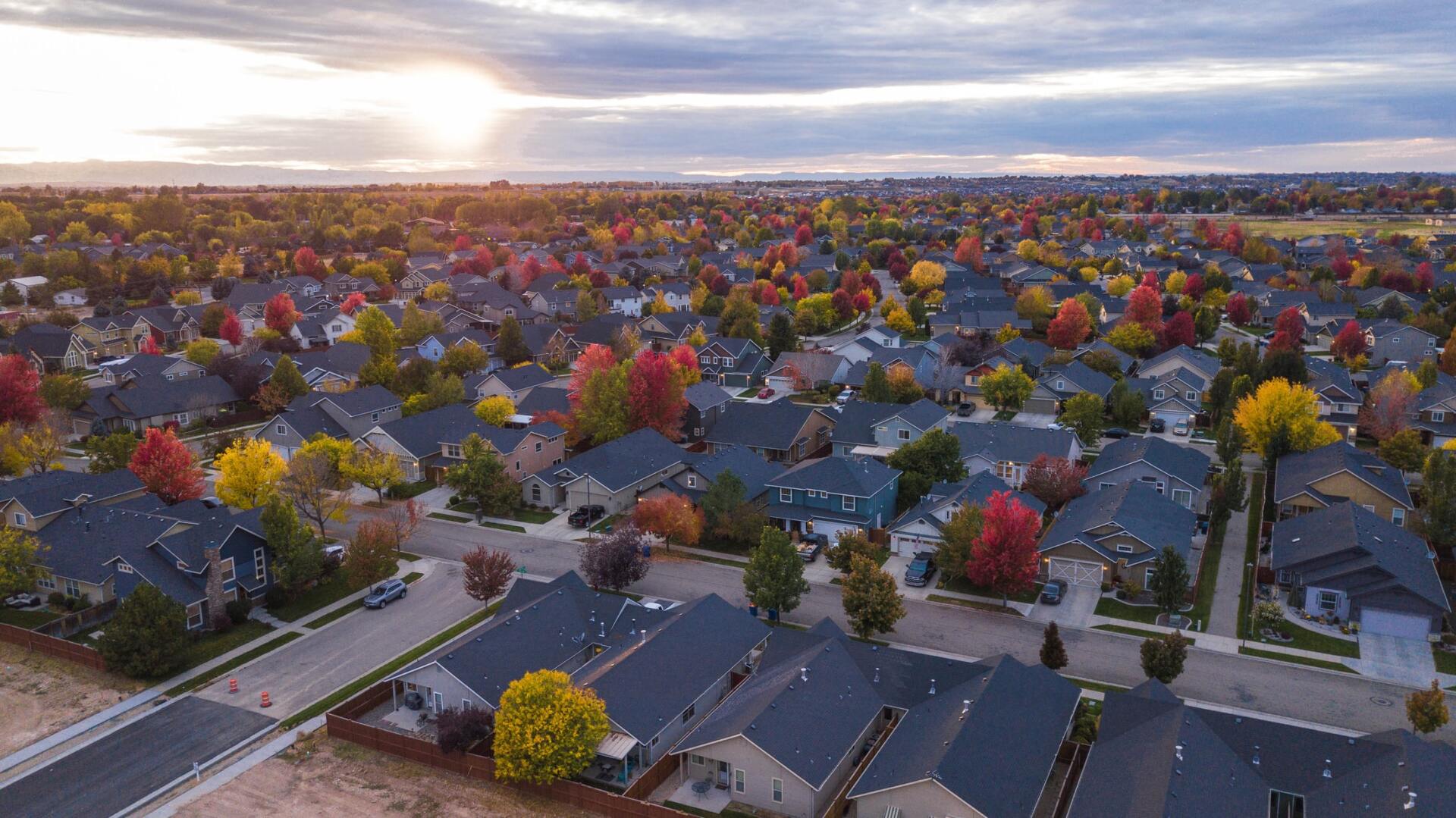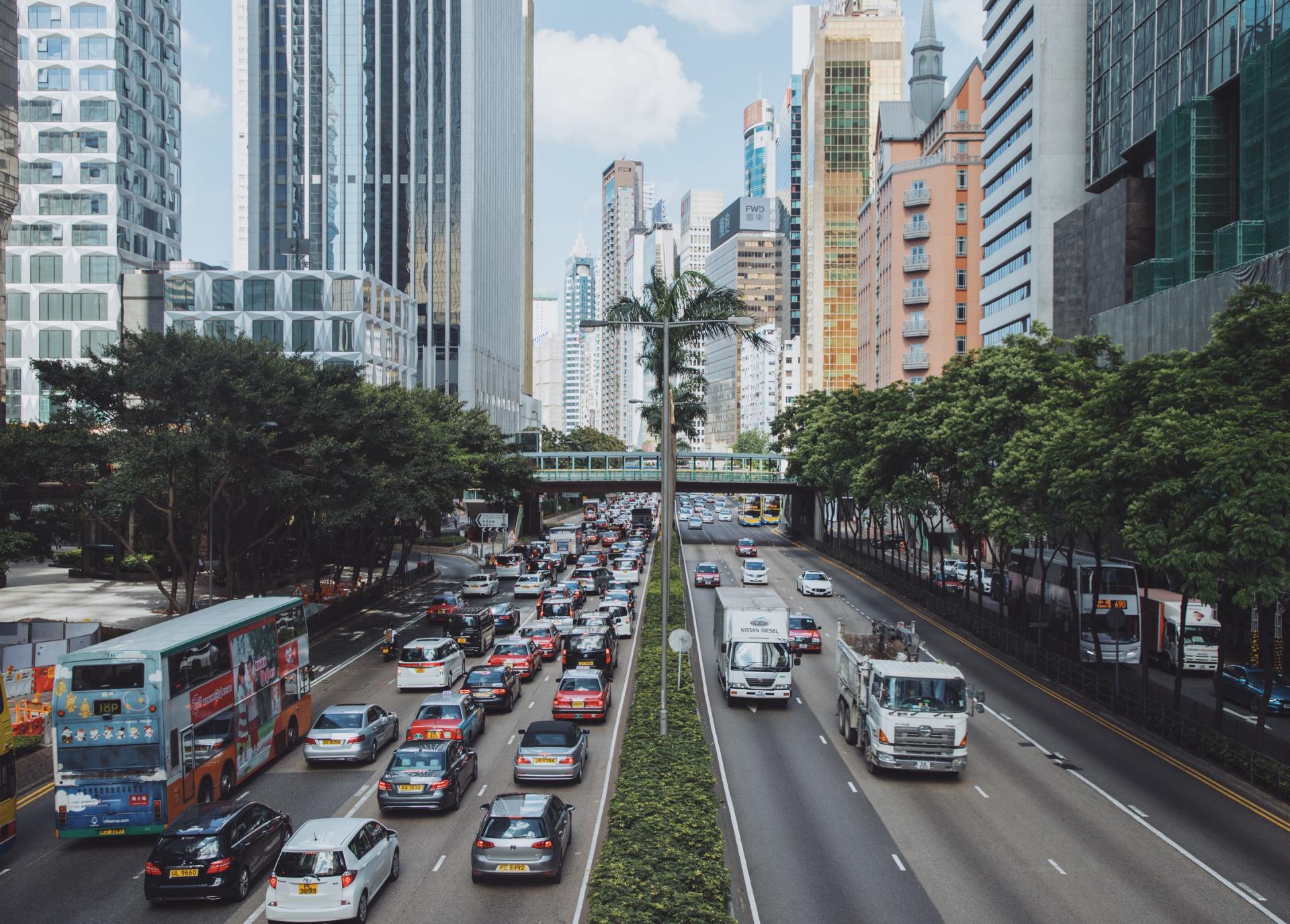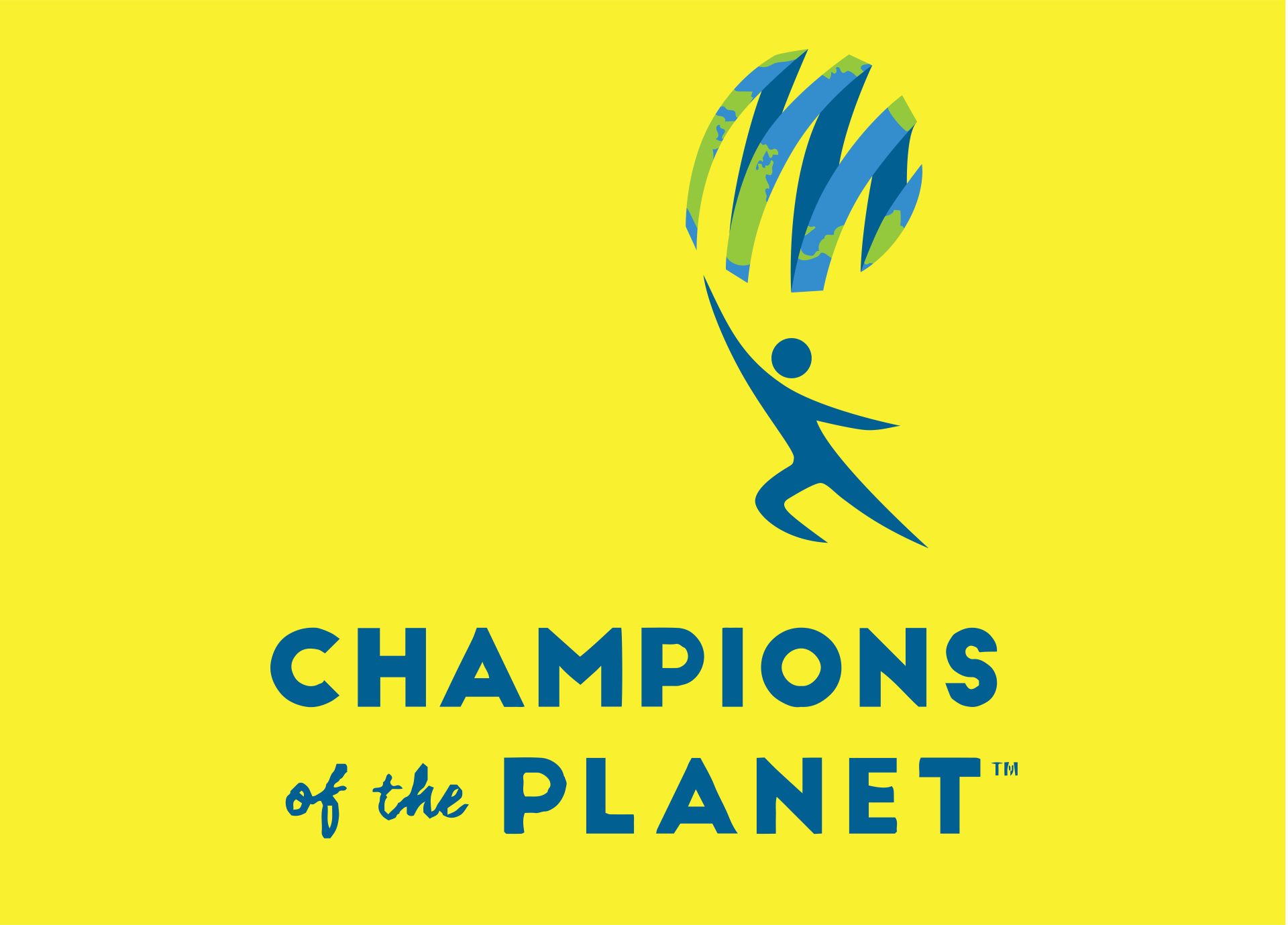- HOME
- LEARN
- TEACH
- TAKE ACTION
- WHAT YOU CAN DO
- PUT PEOPLE AND PLANET BEFORE PROFIT
- REPLACE OIL WITH RENEWABLE ENERGY
- EMBRACE A SUSTAINABLE LIFESTYLE
- CREATE NO-FISHING ZONES IN THE OCEAN
- FARM SMARTER AND EAT LESS MEAT
- PROTECT THE FORESTS
- RAISE PEOPLE OUT OF POVERTY TO SLOW POPULATION GROWTH
- CHANGE HOUSING AND HABITS
- CONSIDER TRANSPORTATION
- RETHINK TRAVEL
- OUR PARTNERS
- CONNECT
Create No-Fishing Zones in the Ocean
Covering 71% of our planet’s surface, the ocean is one of the most majestic, yet neglected and unknown ecosystems.
We know more about deep space than we do about these profoundly vast expanses. Humanity has harmoniously subsisted upon the oceans for millenia, and have unwisely exploited them for decades. Like terrestrial forest ecosystems, oceans withhold a huge amount of carbon from our atmosphere. Safeguarding our oceans is essential to curb the effects of climate change.
OVERFISHING IS THE BIGGEST THREAT
SUPPORT MORE SENSIBLE REGULATION AND ENFORCEMENT
Overfishing is the biggest threat to ocean biodiversity, as we remove fish stocks much faster than the marine ecosystem is able to replenish and recover its populations. Oftentimes this is attributed to bycatch--a process by which we very inefficiently target species with huge nets, capturing other marine life (such as turtles, seabirds, and cetaceans) and leaving them for dead. According to WWF, an estimated 300,000 porpoises, dolphins, and small whales die from getting caught up in fishing nets every year. The use of non-selective fishing gear that destroys everything and everyone in its path may also result in the destruction of coral reefs.
Perhaps most concerning of all is the implications that rampant overfishing holds for global food security and climate change.
Industrial aquaculture jeopardizes marine ecosystems by taking billions of tons of wild fish every year to feed farmed fish. Seeing as how we have already decimated two-thirds of the large fish in the ocean, this effectively
threatens the food security of hundreds of millions of people who rely on fish for food and income.
THE OCEAN IS A CARBON SINK
Like coal, oil, limestone, and natural gases, the ocean is a carbon sink, “a natural or artificial reservoir that absorbs and stores the atmosphere’s carbon with physical and biological mechanisms”. Coastal ecosystems with salt marshes, mangroves, and seagrass beds, for instance, store over ten times more carbon than forests, which shows just how essential they are to climate change mitigation efforts. However, because the ocean is such a major heat and carbon sink, this means that it is extremely vulnerable to the effects of this crisis, suffering from rising temperatures and acidification.
The most effective way to combat these issues is to establish marine protected areas (MPA), which are no-fishing zones dedicated to long-term aquatic life conservation. While only 2% of the oceans are designated as highly and fully protected MPAs, they are vital to providing marine life a place to regenerate their populations.
MPAs enhance the resilience of endangered species, so they eventually overflow into designated fishing zones to augment our food supply. They also restore the water purification and carbon capturing properties of this ecosystem. Finally, such reserves may encourage alternative livelihoods to fishing, as they can be used for educational, research, and touristic purposes.
So now that we understand the vital role of the world’s oceans and the threats of overfishing,
what can you do to help?
The National Oceanic and Atmospheric Administration offers some useful lifestyle changes that will help you join the fight to save the oceans:
Support Marine Protected Areas (MPAs)
Help out by volunteering, donating, or spreading the word! It is also a good idea to seek out similar organizations that protect marine biodiversity, such as
Oceana,
The Ocean Conservancy,
the Sea Shepherd Conservation Society,
Greenpeace International,
Ocean Elders
and the
Environmental Defense Fund.
Eat Sustainable Seafood
Take care to seek out seafood that was harvested sustainably.
The Monterey Bay Aquarium’s Seafood Watch is a great resource to find tools for businesses and consumer guides by comparing sustainability ratings of different farms and fisheries. We might also encourage you to reduce, or even eliminate, seafood from your diet to minimize overfishing.
Use Less Plastic
Plastic is enormously destructive to the environment, and takes hundreds of years to decompose. It especially wreaks havoc in the form of microplastics. It also finds it way into our oceans--where it destroys natural habitats, entangles marine animals, and is often mistaken for food. Do your part to reduce, reuse, and recycle!
Eliminate or greatly reduce your reliance on single-use plastics through the use of trusty cloth tote bags and reusable water bottles, and avoid using straws and other disposable plastics when possible. You can even bring your own Tupperware to restaurants for your leftovers!
Reduce Your Energy Use
Naturally, to help protect marine areas we must
address the root issue of climate change and mitigate our carbon emissions. In addition to reducing how often you fly and drive, installing LED lights and energy efficient appliances in your home, you can refer to Action 3:
Embrace a sustainable lifestyle to learn how you can make a difference.
Dispose of Household & Hazardous Materials Properly
Here is a general guide to disposing of hazardous household waste. Many products that we use in our everyday lives (like motor oil, anti-freeze, pharmaceuticals, bleach-based cleaning products, and non-degradable products) can be very harmful to the ocean if not disposed of properly.
Use Less Fertilizer
The chemical fertilizers we rely upon for gardening and agriculture often find their way to the ocean, creating deserted “dead zones” (also known as “hypoxic zones”) whose low oxygen levels make them inhospitable to marine life. To prevent this, you can minimize your use of chemical fertilizer as much as possible in your lawn, garden, etc. You can even opt for organic fertilizers derived from natural ingredients!
Click here for some tips.
Learn All Than You Can
Educate and inspire yourself by reading, researching, visiting aquariums, and even spending time at the ocean.
Bear witness to its vastness and its life-giving functions, then share your knowledge and insights with others!
VIDEOS TO INSPIRE
HOW TO ESTABLISH AND MANAGE FISH CONSERVATION ZONES
In places where fish populations are threatened by overharvest, one solution is to prohibit fishing in specific places to let fish grow and reproduce. Learn how to adopt the Freshwater Conservation Zones (FCZs) model in your own community.
Sir David Attenborough
WHAT WE NEED TO DO TO STOP OVER-FISHING
David Attenborough says a global agreement to end harmful fisheries subsidies is possible. The 164 member governments of the World Trade Organization have pledged to reach a deal before 2020.
Earthling Ed
WHAT EATING FISH DOES TO THE PLANET
Is eating fish sustainable? In this video Earthling Ed discusses what the environmental cost of eating fish and other marine animals is and what impact it is having on our planet.
JOIN OUR PERIODIC NEWSLETTER
Thank you. We are delighted you have signed up for our newsletter. Don't worry, we won't be crowding your inbox unless it something newsworthy.
Please try again later

